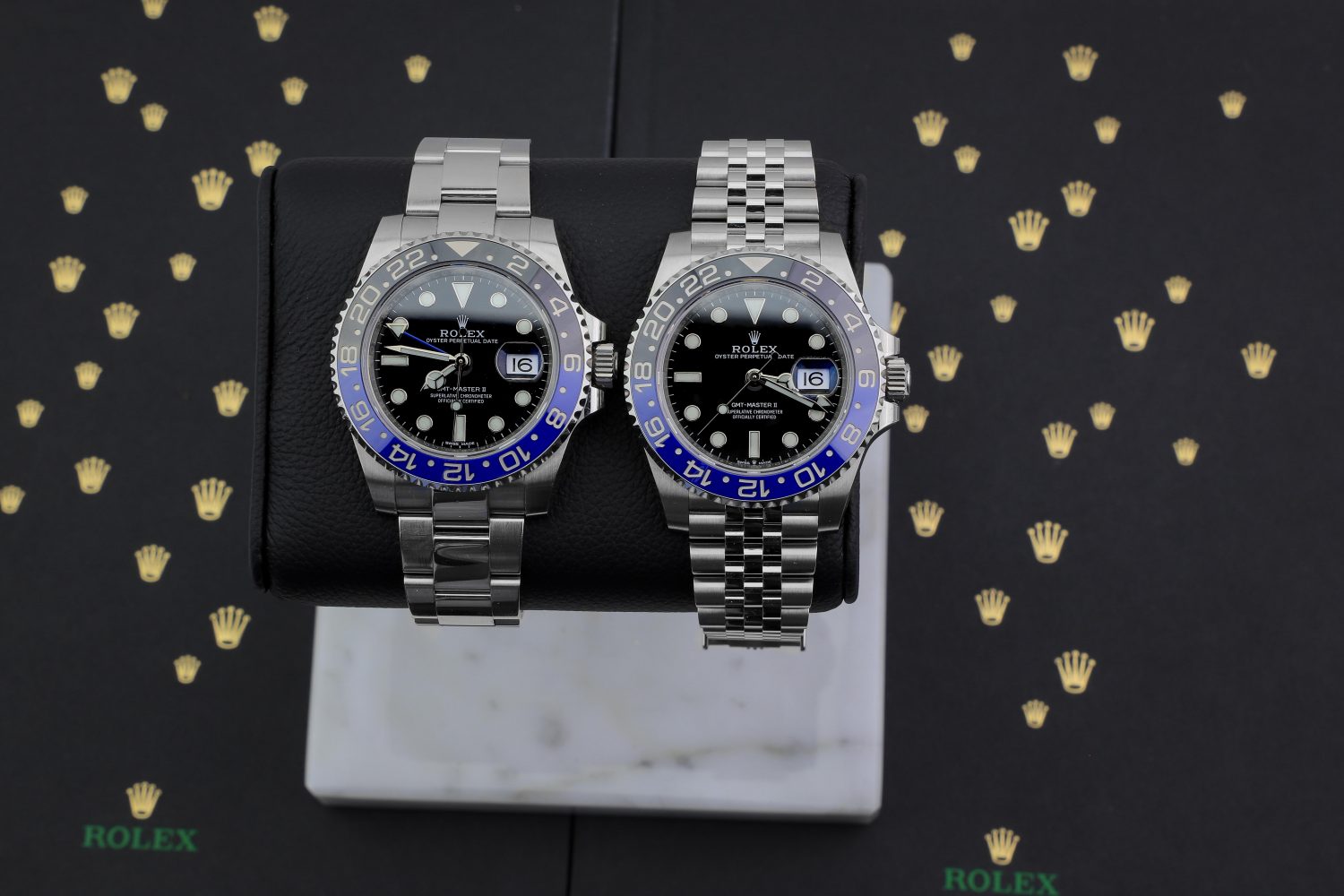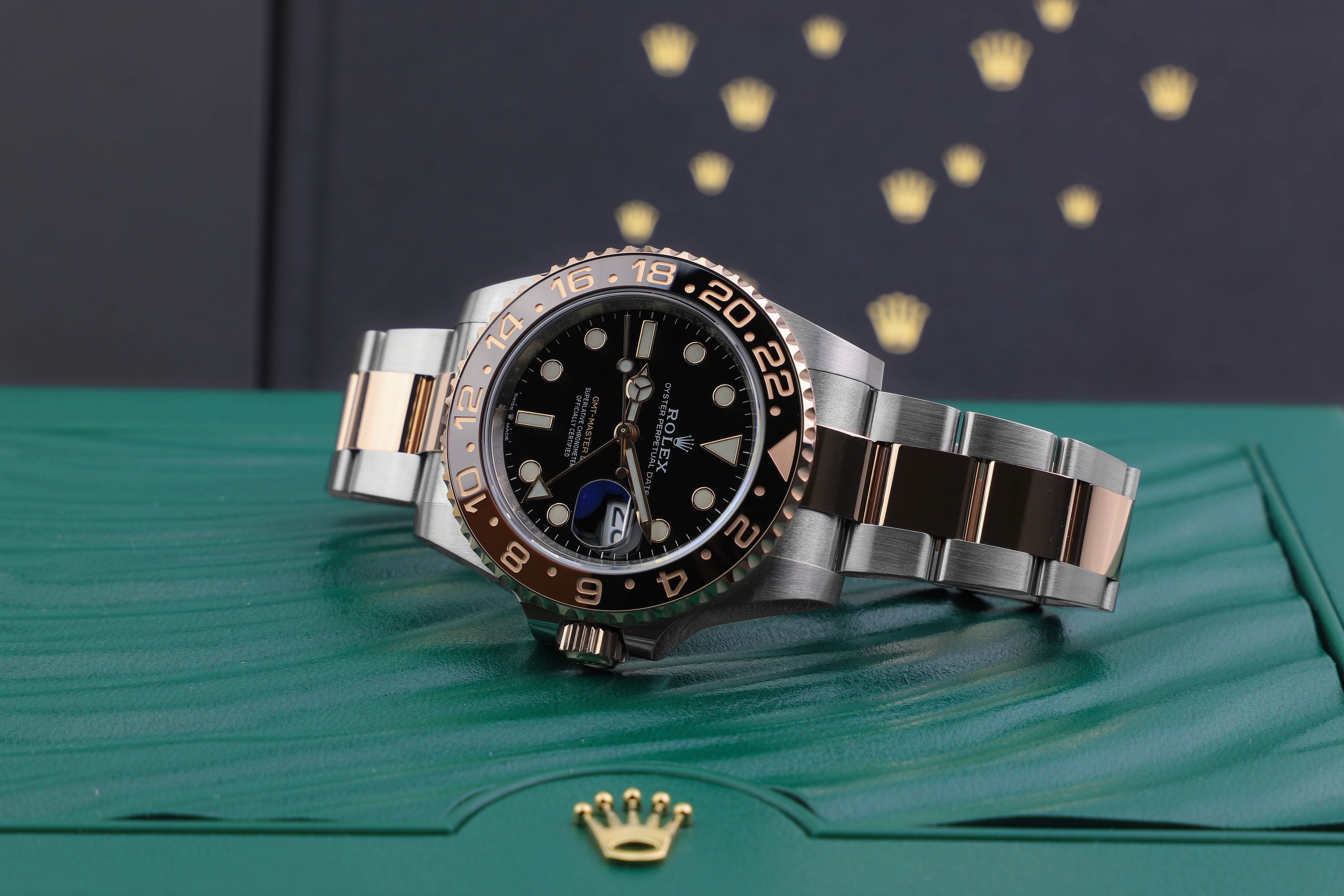Is Rolex a Non-Profit Organization?

Is Rolex a Non-Profit Organization?
Rolex is not like most other watch companies out there. In fact, the way Rolex conducts business is very different way. As Rolex’s slogan goes ”The Rolex Way”, you could say this applies to the way the company is run.
When you think about giant luxury corporations like Rolex, non-profit is certainly not the first thing to come to mind.
But the fact of the matter is that Rolex is, in fact, a non-profit. But there’s more to it than that.
Rolex watch company – Rolex S.A – is owned by the Wilsdorf Foundation. Hans Wilsdorf was the founder of Rolex and established the foundation in 1945. The foundation was established to commemorate his wife Florence Frances May Wilsdorf-Crotty, who died in 1944. Refer to our complete guide to the Hans Wilsdorf Foundation and how much of Rolex’s profits go to charity here.

Photo by Hodinkee.
Hans Wilsdorf moved his 100% ownership of Rolex to the foundation in 1960. Since then, The Wilsdorf Foundation owns and controls the Rolex watch company to this very day.
So, what is a non-profit organization?
In Wikipedia’s definition:
”A nonprofit organization (NPO), also known as a non-business entity, not-for-profit organization, or nonprofit institution, is an organization dedicated to furthering a particular social cause or advocating for a shared point of view. In economic terms, it is an organization using its surplus of the revenues to further achieve its ultimate objective, rather than distributing its income to the organization’s shareholders, leaders, or members.”
So what does Rolex do with all of its money? Today, Rolex donates a large part of its profits to charity and social causes. You can read all about Rolex’s charity efforts on Rolex.org. The areas that Rolex focuses on are the environment, science, and arts.

With that said, being a non-profit does not mean that the company has no interest in making money and seeing good numbers. However, what it does allow, that sets Rolex apart from its competitors is the fact that it has no shareholders or investors who may want to have a say in how the company is run, but also sets pressure to keep the stock price high, and constantly increasing, as well as increasing sales and profits.
Unfortunately, this has a risk of resulting in the company being run with a short-term profit mindset, rather than a long-term brand-and company-building strategy that allows the company to flourish for many decades to come. We can see this happening with many companies that, for example, release countless limited-edition models purely to boost short-term sales, not thinking about the effect that this has on the long-term value and strength of the brand.

With that in mind, Rolex still works hard to improve and innovate its products, and of course, has an interest in growing bigger and increasing its revenue and profits.
But being a non-profit, it can play the long-term game with a long-term strategy. Rolex is not desperate to boost sales in the coming year, but rather to make sure it has a flourishing and well-established brand 30, 40, or even 100 years from now. It’s willing to say no to short-term profit to ensure the longevity and strength of the brand. That is what the non-profit allows Rolex to do, without any shareholders having any say. That is the Rolex way.
Rolex is perhaps the most secretive company in the watch industry. Limited information is shared with the public, including things such as material sourcing, but also financials.
It’s safe to say that Rolex’s way of conducting business has paid off and proven to be very successful. But Rolex S.A. nor the Wilsdorf Foundation have any legal obligation to disclose their financials. What allows Rolex to operate its company so secretively can also be attributed to its non-profit status. With that in mind, Rolex has no shareholders that demand insight into the company and detailed reports about its financials.